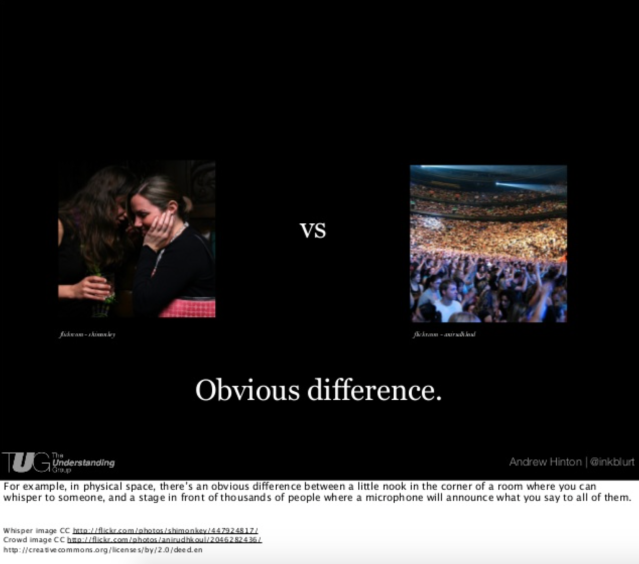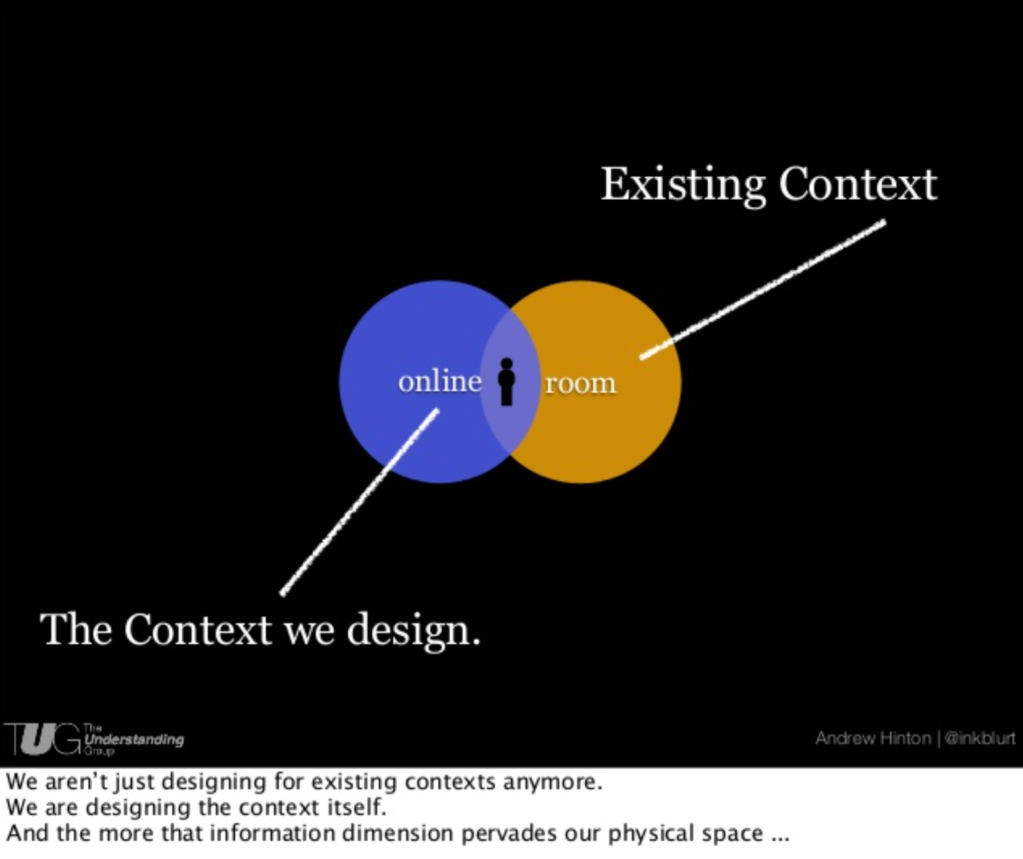Actions have consequences, no matter what. But the modern day architectures of information in which we carry out many of our day-to-day actions have a tendency to obfuscate and distort our perceptions of those consequences, and indeed even the true nature of the actions themselves.
This morning I watched a CBS News interview of Michael T. van der Veen, impeachment defense lawyer for former President Donald Trump. I encourage you to watch the full interview below.
van der Veen begins the interview by somberly reiterating his lack of disbelief that politicians will say and do anything, including doctor evidence. At around 1:20 in the above clip, van der Veen’s emotion begins to show, as he is faced with his first dismissive comment from anchor Lana Zak.
At around the 2:30 mark in the above clip, Lana Zak responds, “Let’s follow up with the point you’re making right now about the house managers as you say doctoring evidence—”
van der Veen steps in. “They didn’t deny it. I put it in front of them three times.”
Zak: “To be clear to our viewers, what you’re talking about now is a check mark that’s a verification on Twitter that did not exist on that particular tweet, a 2020 that should have actually read 2021, and the selective editing, you say, of the tapes. Is that the doctored evidence of which you’re speaking?”
van der Veen doesn’t miss a beat. “Wait wait […] wait wait. That’s not enough for you? That’s not enough for you? Wait wait wait, no no no.”
Zak: “Sir, I’m trying—I’m not a juror in this trial; what I’m trying to be clear for our viewers is what you’re referring to, because not everybody has been following—”
van der Veen doesn’t let up. “It’s not okay to doctor a little bit of evidence,” he says as the crosstalk begins.
Around the 5:00 mark, van der Veen says:
“What I’m telling you is that they doctored evidence. And I believe your question says, ‘well it’s only a Twitter check and changing a year of a date here.’ They switched the date of a Twitter a year to try to connect it to this case. That’s not a small thing, ma’am. The other thing they did is they put a check mark on something to make it look like it was a validated account when it wasn’t. And when they were caught, they didn’t say anything about it. They didn’t even try to come up with an excuse about it. And that’s not the way our prosecutors or our government officials should be conducting themselves. And the media shouldn’t be letting them get away with it, either.”
https://twitter.com/EddieZipperer/status/1360248428744364036
Anyone who is familiar with the “Inspect Element” option on their web browser can tell you how trivial it is to edit the HTML of a webpage, take a screenshot, and then pass off the result as a real historical document. Or to open up Photoshop, prepare an image of an unverified tweet on one layer, open up a PNG of the Twitter verification check mark on another layer, then click and drag the check mark image into place in order to complete the forgery. UX designers create “mockups” of their prototypes and ideas for user interface designs in such a manner all the time. Once you’ve gotten practice, it doesn’t take much effort to create images like this. Click, click, click, drag, click, done. No big deal.
However, when a falsified image is presented before the United States Senate under the guise of evidence, it is a crime. Thank God for brave men such as Michael T. van der Veen, who still have the courage to stand up and speak the truth. It can be taken as evidence of our culture’s ongoing and accelerating slide into what conservative Christian author Rod Dreher dubs “soft totalitarianism” that his brave defense of the truth was unfortunately not without personal, negative consequence to van der Veen and his family. Terrorists tracked down van der Veen’s address and vandalized his home. As the local Philadelphia CBS affiliate reported, “Someone spray-painted ‘traitor’ at the end of the driveway of his Chester County home with an arrow pointed toward the house.”

Committing a crime used to, well, feel like committing a crime. Back before commercial image editing software became ubiquitous, doctoring images would have required, at the very least, “scissors or ink.” The deed could not be done with the same number of clicks as any other trivial action that we do all day on the computer at our regular jobs.
Andrew Hinton, author of the phenomenal book Understanding Context: Environment, Language, and Information Architecture, has demonstrated how a simple change in context can lead to a huge change in behavior. Actions that may have once felt obviously, tangibly wrong now lack the palpable, material feedback that our human bodies perhaps relied upon to inform us of the true nature of our actions.
Hinton illustrated this in a 2013 talk at World Information Architecture Day in Ann Arbor, Michigan. His point was how the design of Twitter scrambles the “ecological information affordance for action.” The difference in actions that a user must take to send a direct message (a private, one-to-one correspondence) versus a regular Tweet (a public, one-to-many correspondence) is subtle and easily confused. The “real-world” equivalent—that is, a person whispering a private message into someone’s ear versus standing in front of an audience with a megaphone—would never be so easily confused. An action that a user would clearly not want to take under normal circumstances in the built environment becomes much less obviously so when the same action takes place in an information environment.


Fortunately for those of us who value truth and facts—wherever they may lead us—this subtle manipulation of user behavior can cut both ways. Just as information environments can lead users to underestimate the ethical severity of their actions, it can also lead those same users to underestimate what they would need to do to “cover up” those actions.
Perhaps the impeachment lawyers believed that because Twitter management had deleted Donald Trump’s Twitter account and erased all of his Tweets from their site that no one would be able to fact-check the lawyers when they presented their doctored evidence. It was this carelessness on their part that, depending on your politics, either disintegrated the integrity of their other arguments or exposed the weakness of their entire case. All I can say is thank God for Archive.org.
Twitter is not the only tech titan whose information architectures obfuscate the true nature of actions that in the built environment would be obviously and tangibly criminal. The climax of the Reddit-GameStop fiasco that took place late last month was when Robinhood, along with several other securities trading platforms, actually removed the “buy” button from their interface in order to manipulate users’ perfectly lawful and reasonable behavior.

In a purely “real-world” environment, wresting control of countless customers’ financial assets away from them—against their will—would entail, for starters, a massive, worldwide information blitz to tens of thousands of workers at banks and other financial institutions. All of these workers would have to be informed (and convinced) why retail investors’ actions that were perfectly legal and acceptable moments previously must now be forcibly prevented at all costs. Next, arguably, these institutions would need to load up on security personnel and other measures as innumerable aggrieved and justifiably irate customers would begin to inundate these institutions with their cries of foul play.

However, in the information environment, all that needs to be done to disenfranchise millions of customers all at once is to highlight the few lines of code that produce the “buy” button, hit backspace, and ask the UX writers to draft some condescending fluff about how they’re keeping users “safe” from their own ignorance and unsophistication.
Fortunately, Redditors are not a silent bunch. Thanks to their uproar, the CEO of Robinhood, Vladimir Tenev, is now set to appear in front of the U.S. House Financial Services Committee on February 18. When politicians as ideologically diverse as Rep. Alexandria Ocasio-Cortez (D-NY) and Sen. Ted Cruz (R-TX) both recognize your criminal actions for what they are, you know you’re in trouble.
What we need is a renewed vigilance on our part as inhabitants of information environments. To return to the lessons of Andrew Hinton’s talk, the Venn diagram of “online” and “the room” looks more and more like a circle with each passing day. The resulting danger is that we lose sight of the consequences of actions.
We must not downplay or trivialize, as CBS News anchor Lana Zak and the impeachment team did, actions that take place online or on a screen. Those actions are no less “real” than those that take place offline. A crime is no less criminal whether committing it entails hours with scissors and ink or whether it entails “merely” changing a 1 to a 0. Notice it or not, the consequences are felt. Even if they aren’t felt by you, believe me, they are felt by others.






